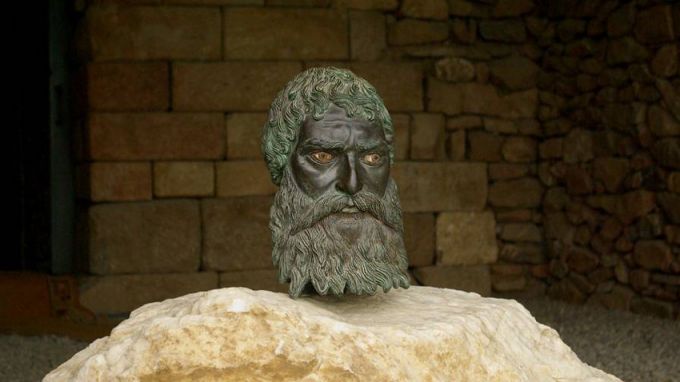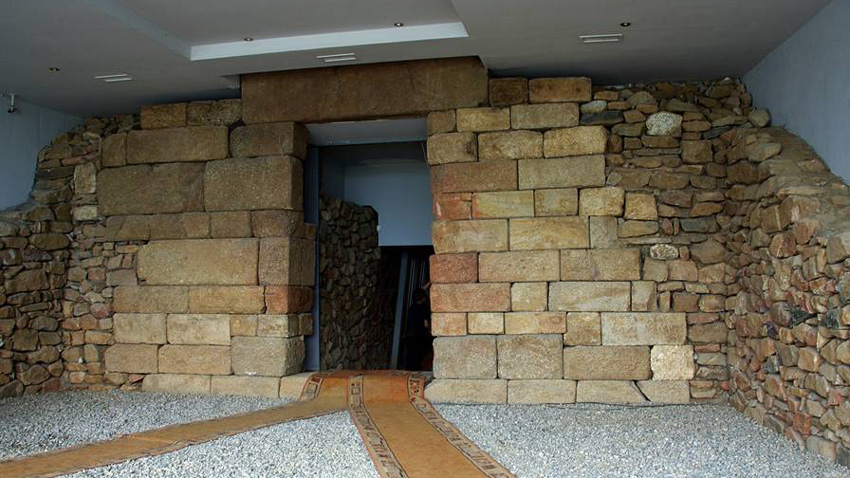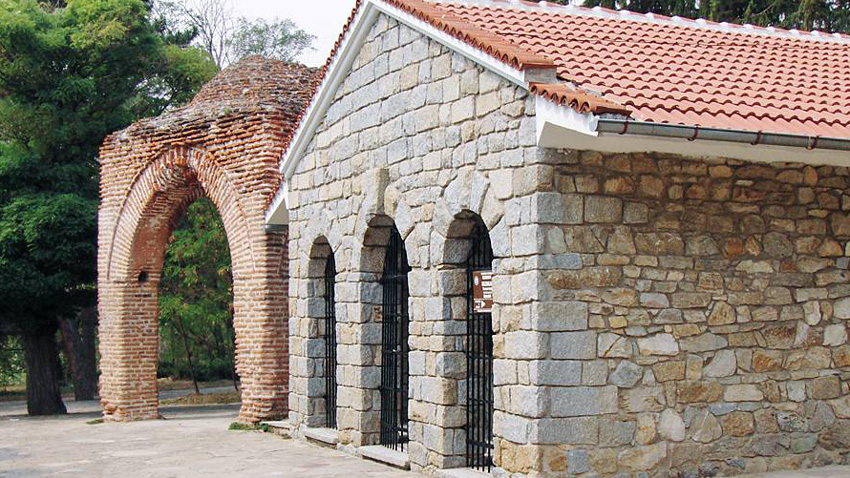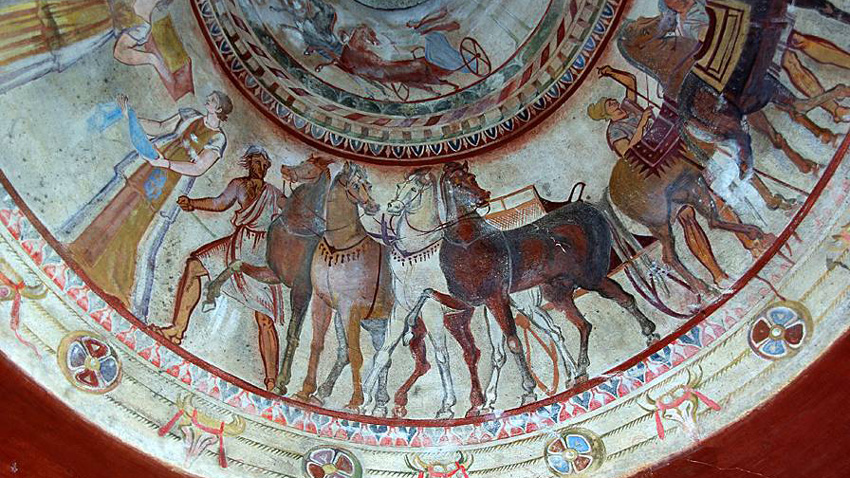
Tucked away between two mountains – Sredna Gora and the Balkan Range – unfolds the valley of Kazanluk where the climate is mild and the land bountiful. This is a part of Bulgaria that has been inhabited continually from prehistoric times down to our day. There are more than 1,500 monuments of culture here, among them burial mounds, necropolises, fortresses.
“The time when the area around Kazanluk was inhabited by the Thracian tribe of the Odrysians is fascinating,” says Krassimira Stefanova, chief curator at the Iskra (Spark) Museum of History in Kazanluk. “The tribe was united in the Odrysian kingdom, the credit for which goes to Seuthes III. Regrettably, his capital city, Seuthopolis is submerged under the waters of Koprinka dam reservoir. Seuthes’ kingdom only existed for a short while. After that the Thracian tribes that inhabited the territory of what is today Bulgaria went to war with each other. But of them, only the Odrysians were organized in a state of their own.”

“I must say the feeling was incredible, unforgettable. Water is a very good medium of conservation and it preserves absolutely everything: the walls, the streets, the houses. The excavations at Seuthopolis gave Bulgarian archaeology a real boost.”
The legacy of the Thracians is evident in fascinating burial mounds like Ostrusha, Shoushmanets, Golyama Arsenalka, Helvetsia, Svetitsata, Grifonite. And of course the most famous mound of them all Golyama Kosmatka – the temple to Seuthes III (330-300 BC). Last year the bronze head of the ruler was the highlight in The Saga of the Thracian Kings – Archaeological Discoveries in Bulgaria exhibition at the Louvre. But without any doubt the pearl in the crown of Thracian culture is the Kazanluk Thracian tomb, discovered in 1944 and registered in the UNESCO world cultural heritage list in 1979.

“The motives to put the Kazanluk tomb on the UNESCO list were that its frescoes are unique in world 4th-3rd century BC painting. And in truth, they are stunning. The Thracians were skilled painters but also jewellery makers. Artifacts made by them that have come down to us are also one of a kind in world art of the same period.”
To preserve the original tomb – which is in excellent condition, as Krassimira Stefanova says – a replica of the tomb was built in 1974 where thousands of tourists throng. It is a life-size copy and the frescoes are the work of a team of archaegologists led by Prof. Lyuben Prashkov. Special care is taken for the preservation of the original tomb.

English version: Milena Daynova
Photos: bulgariatravel.org
Pipes from the end of the 17 th , the 18 th and the 19 th century and the tradition of growing tobacco in Bulgaria are presented in the newest exposition at the Museum of Archaeology in Burgas. “Pipes like this are to be found often on the..
In Bulgaria, when we talk about a person with bad luck, we often say: "Ah, what a Marko Totev!" But who exactly was Marko Totev, and how did his name become a byword for a person with ill fortune and a bad luck? "He was a Bulgarian public figure..
30 March marks the end of the most blessed time of the year, as Muslims call the month of Ramadan. This year it started on 1 March, and the most important obligation Muslims have during this 30-day period is to refrain from food, drink and temptation..

+359 2 9336 661
